1. Dominick’s
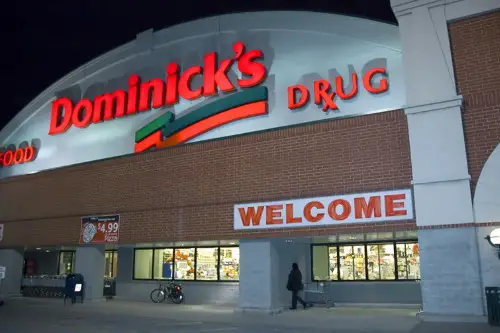
A Chicago institution for decades, Dominick’s was beloved for its fresh produce and bakery. Safeway acquired it in 1998 but failed to maintain its local appeal. By 2013, all Dominick’s stores were closed, leaving a void in the city’s grocery scene. The shutdown was swift—but surprisingly quiet.
Many Chicagoans were stunned to find their neighborhood store suddenly gone. The brand had deep roots, but its end came with little warning. And the replacement chains? Never quite filled the gap.
2. Schwegmann Brothers
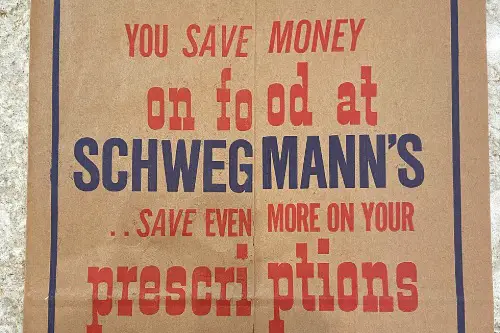
A New Orleans staple, Schwegmann’s was known for discount groceries and a wide selection of goods. It was family-run and deeply woven into the city’s culture. In the late ’90s, it was sold to another grocer that couldn’t keep it profitable. By the early 2000s, all stores were closed or rebranded.
Its departure was felt locally—but barely registered nationally. The name faded from signs, but not from memory. And for many, it still defines what a grocery store should be.
3. Pathmark
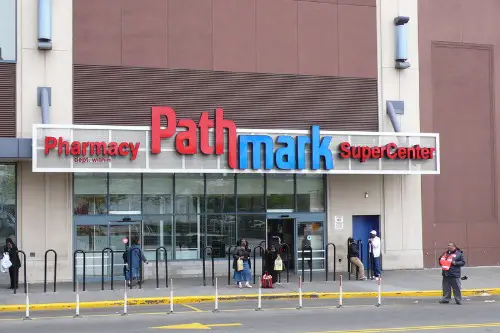
A Northeast grocery giant, Pathmark was known for 24-hour service and large formats. Financial struggles led to its acquisition by A&P, and when A&P collapsed in 2015, Pathmark went with it. The stores closed quietly, and the brand faded fast. No farewell tour—just locked doors.
It was once a household name in New York and New Jersey. Now, it’s a trivia answer. And most shoppers didn’t realize it was gone until years later.
4. Farmer Jack
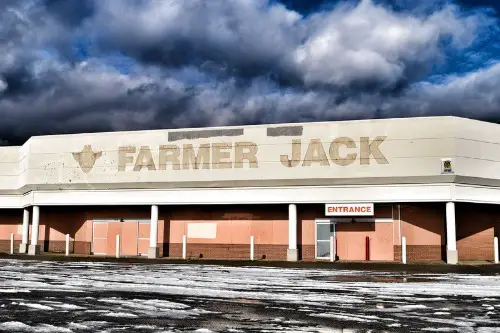
Serving Detroit for decades, Farmer Jack was known for its hometown feel and low prices. Owned by a Canadian company, it struggled with competition and changing ownership. By 2007, the last stores were closed. No major headlines—just empty storefronts.
Locals noticed, but the rest of the country didn’t. It was a regional loss with national silence. And the brand? All but erased.
5. A&P (The Great Atlantic & Pacific Tea Company)
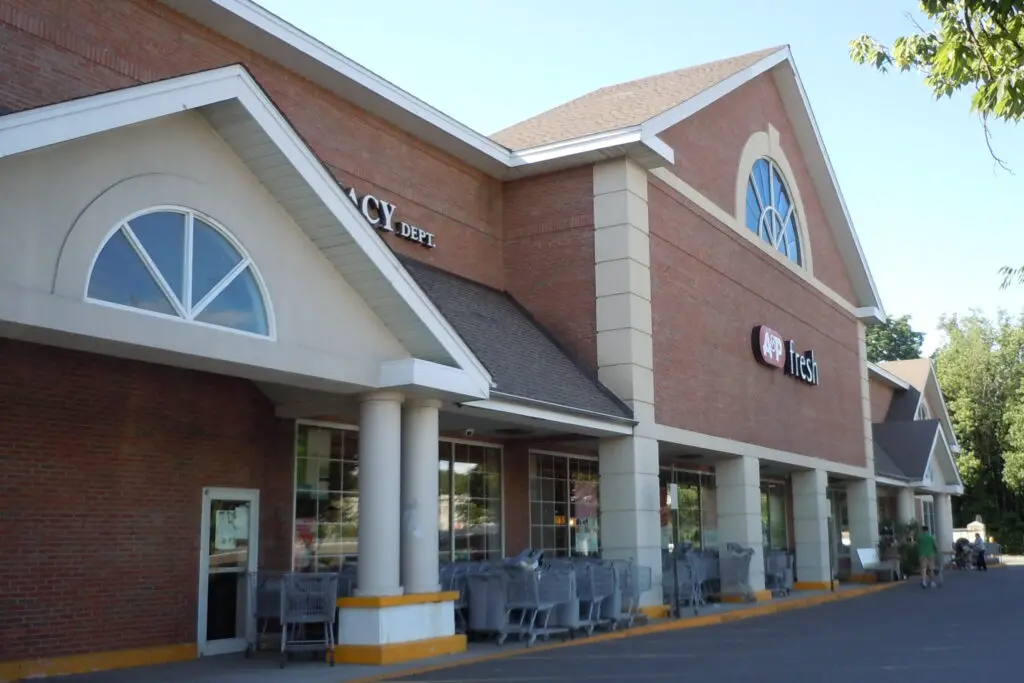
Once the largest grocery chain in the U.S., A&P dominated American shopping for over a century. Founded in the 1850s, it pioneered supermarket formats and had thousands of locations nationwide. But poor management and failure to adapt led to its bankruptcy in 2015. Most stores were sold off or shuttered quietly.
Its disappearance marked the end of a retail era. Many shoppers didn’t realize it was gone until their local store was replaced by a different brand. A&P faded without fanfare—but left behind a legacy of grocery innovation. And yes, the name still rings nostalgic for older generations.
6. Alpha Beta
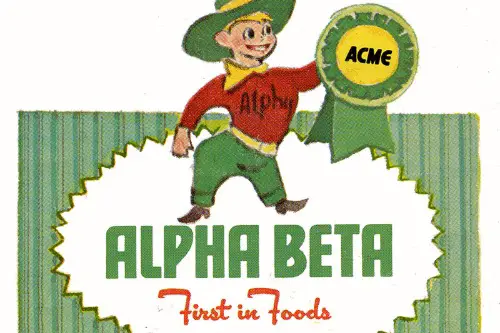
Known for its quirky alphabetical layout, Alpha Beta was a West Coast grocery favorite through the ’70s and ’80s. It offered a unique shopping experience and built a loyal customer base. Eventually, it was bought by Lucky Stores, which was later absorbed by Albertsons. By the mid-1990s, the Alpha Beta name vanished from storefronts.
Its exit was gradual, not dramatic. Shoppers simply saw new signage and assumed a rebrand. But the original concept? Gone. And most people didn’t even notice.
7. Lucky Stores
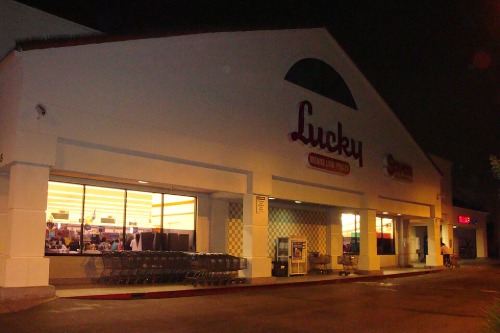
Lucky was once a major grocery chain in California and the western U.S., known for clean stores and solid prices. Albertsons bought it in the late ’90s and converted most locations under its own name. While a few Lucky-branded stores have returned, the original chain quietly disappeared. No big announcement—just a slow fade.
Shoppers didn’t protest—they just adapted. But the Lucky name still holds nostalgic weight. And its quiet exit? A textbook case of corporate absorption.
8. Giant Eagle (Outside Core Markets)
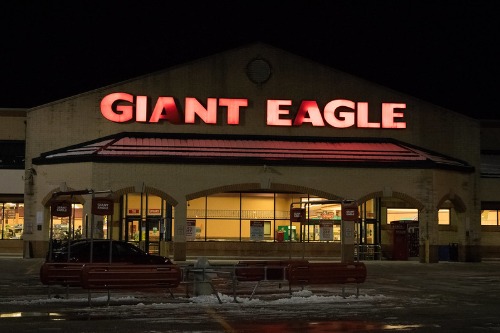
Still strong in Pennsylvania and Ohio, Giant Eagle once tried expanding into new states. But competition proved too tough, and the company quietly retreated. Stores in new markets were closed or rebranded, and the brand refocused on its home base. The exit was strategic—but subtle.
Outside its core region, the name barely registers now. It’s a quiet contraction, not a collapse. And most people never knew it tried to go national.
9. Food Lion (In Select States)
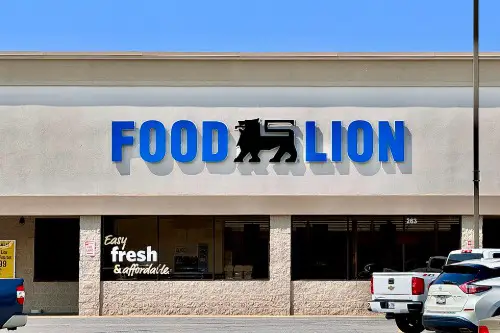
Food Lion still operates in the Southeast, but it once had a broader footprint—including Texas and Florida. After overexpansion and a damaging news report in the ’90s, the chain closed hundreds of stores. It quietly pulled back to profitable areas. Outside its core markets, it’s largely forgotten.
The brand didn’t vanish—it just shrank. But in many states, it disappeared without a trace. And the lion? No longer roars there.
10. Winn-Dixie (In Many States)
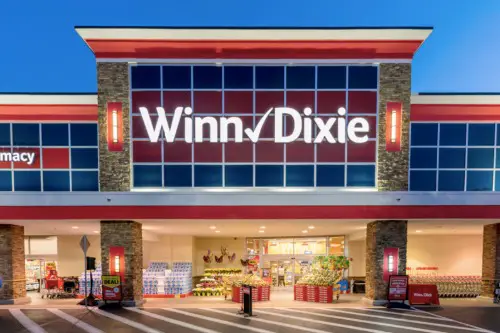
Winn-Dixie was once a Southern powerhouse, with thousands of stores across multiple states. Financial troubles—including a 2005 bankruptcy—led to widespread closures. While it still exists in parts of Florida, it quietly exited many regions. The name survives—but the reach doesn’t.
Its retreat was slow and quiet. Shoppers in former markets barely noticed until their store was gone. And the brand? A shadow of its former self.
This post 10 Retail Chains That Quietly Left the U.S. Market—But No One Noticed Until Now was first published on American Charm.


